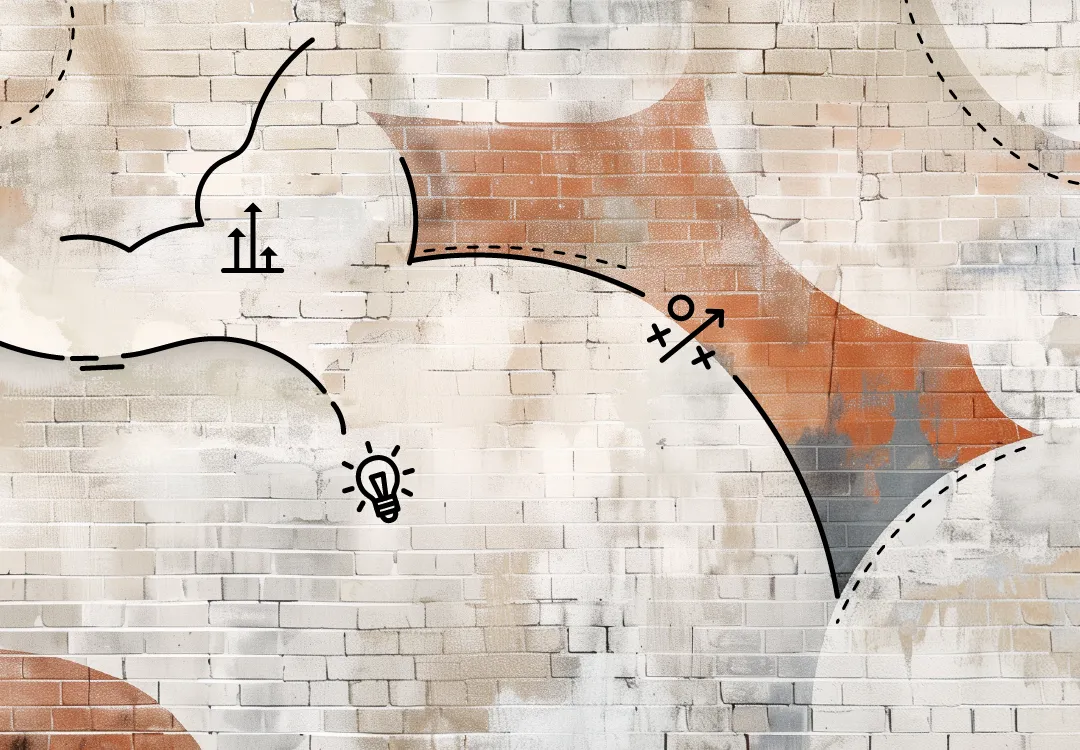Article
6 strategies to improve employee performance—no matter where they work

As companies navigate the evolving state of in-person and remote work, managers are facing mounting pressure to deliver results, ensure their teams are engaged, and keep top performers motivated. However, it’s clear that as work environments continue to evolve, how managers drive improved employee performance has yet to adapt to the new norm.
63% of employees say that, compared to two years ago, they want more in-the-moment feedback on their performance.
To address this challenge, organizations must prioritize performance management—specifically, equipping managers with the mindset, approaches, and tools to realize the full potential of their people. This means empowering managers to shift their focus from the mere task completion of performance reviews to fostering a performance culture of trust, accountability, and continuous improvement. It also means transitioning to a results-oriented approach of performance management that emphasizes outcomes and measurable goals to drive productivity, engagement, collaboration, and ownership.
Let’s get started
Join 100+ clients from public, private and nonprofit sectors who leverage Eagle Hill’s industry expertise to guide their business.

Here are six strategies for managers to improve employee performance in any work environment:
1
Lead by example
Managers must lead by example and exhibit the same traits they expect from their teams. Demonstrating trust, open communication, and a commitment to work-life balance sets the tone for the team. To do this, managers can actively engage with employees, provide timely feedback, and display empathy and understanding during challenging times. Managers need to recognize and appreciate that bringing employees back into the office to increase collaboration and connection may cause a drop in productivity as people catch up, reconnect, and settle back into in-person work.
2
Set clear expectations
Establishing clear performance expectations is vital to keeping everyone on the same page and driving towards the desired outcomes. Expectations should go beyond what needs to get done, to how work gets done—including norms, behaviors, and team culture—to foster effective collaboration, problem-solving, and results. Managers should revisit and communicate expectations often, not just at the beginning and end of the year. And finally, expectation setting should be a two-way street. Open communication not only helps to improve employee performance, but also ensures staff are getting what they need from managers.

51% of hybrid employees say their managers need skills to clearly communicate team expectations for success.
3
Foster open communication
In the absence of regular face-to-face interactions, effective communication matters more than ever. Managers should create a variety of channels to enable frequent and honest dialogue. Maintain regular contact with team members by utilizing various communication formats and tools such as video conferences, instant messaging platforms, in-person meetings, and project management software. Encourage an environment where employees feel comfortable sharing concerns, seeking clarification, and providing feedback.
4
Embrace flexibility
Remote and hybrid work arrangements offer employees greater flexibility in managing their work-life balance. Managers should recognize and embrace this flexibility, focusing on results rather than micromanagement. Granting autonomy to employees instills a sense of ownership and empowerment, leading to increased motivation and productivity. For in-person workers, it’s important that managers lean into and communicate opportunities that exist to increase flexibility, like allowing employees to choose between working five eight-hour days or four ten-hour days each week.

2/3rds of employees say increased flexibility of working hours or days would help reduce their burnout.
5
Encourage collaboration and team-building
Employee connection is an often overlooked and underrated driver of performance and retention. To build a cohesive team, it’s essential for managers to foster a sense of belonging and connection. To do so, prioritize team-building activities and brainstorming sessions to promote teamwork and innovation. Facilitate opportunities for both in-person and virtual social interactions and informal conversations to replicate the watercooler chats that often spark creativity and camaraderie.

40% of employees say feeling connected to people impacts their decision to stay at or leave their organization.
6
Recognize and reward achievements
Start by asking employees how they prefer to be recognized. Then, get familiar with the recognition platforms and incentives that can be utilized within your organization. Next, implement a system for acknowledging individual and team accomplishments. Remember, timeliness matters when it comes to recognition. Regularly highlighting outstanding work creates a positive and motivating work culture and showcases what success looks like for employees. In efforts where teamwork is valued, encourage collaboration by recognizing team efforts in addition to individual efforts.

Nearly half (47%) of employees say they are not getting enough recognition at work.

